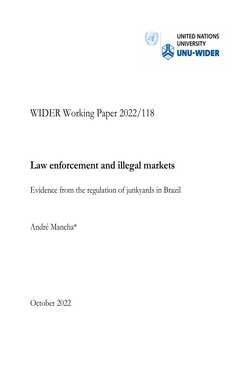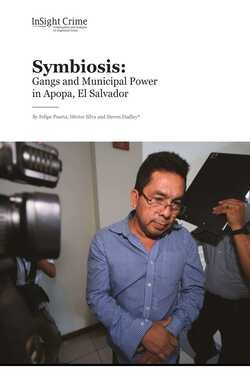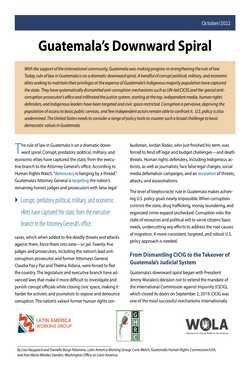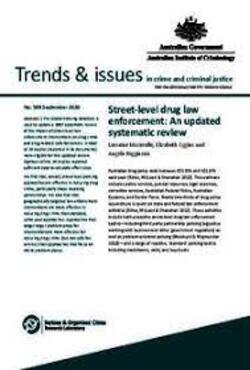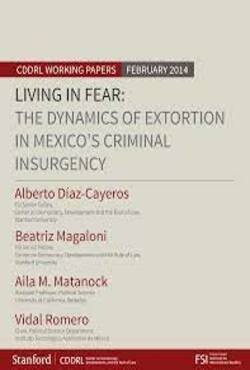By Andre Mancha
I describe how monitoring and harsher law enforcement reduce the expected economic benefits of crime. I investigate the effect of shifts in legal authorities’ surveillance by focusing on junkyards, firms often associated with illegal markets and auto theft. Starting in 2014, many municipalities in Brazil increased the monitoring of spare parts sold by junkyards through new regulations at the state level.
I show that levels of auto theft dropped significantly after the introduction of the new law, and this decrease is more extensive in neighbourhoods containing junkyards. Municipalities that implemented the new regulation presented, on average, a 6.4 per cent drop in auto thefts by year compared to non-target ones. Other crimes do not show a similar decrease, and there is no evidence of a previous downward trend in vehicles stolen.
My results shed some light on the effect of harsher supervision over a market that criminals may exploit to convert stolen vehicles into cash.
Helsinki, Finland: United Nations University, World Institute for Development Economic Research (UNU-WIDER), 2022. 27p.


